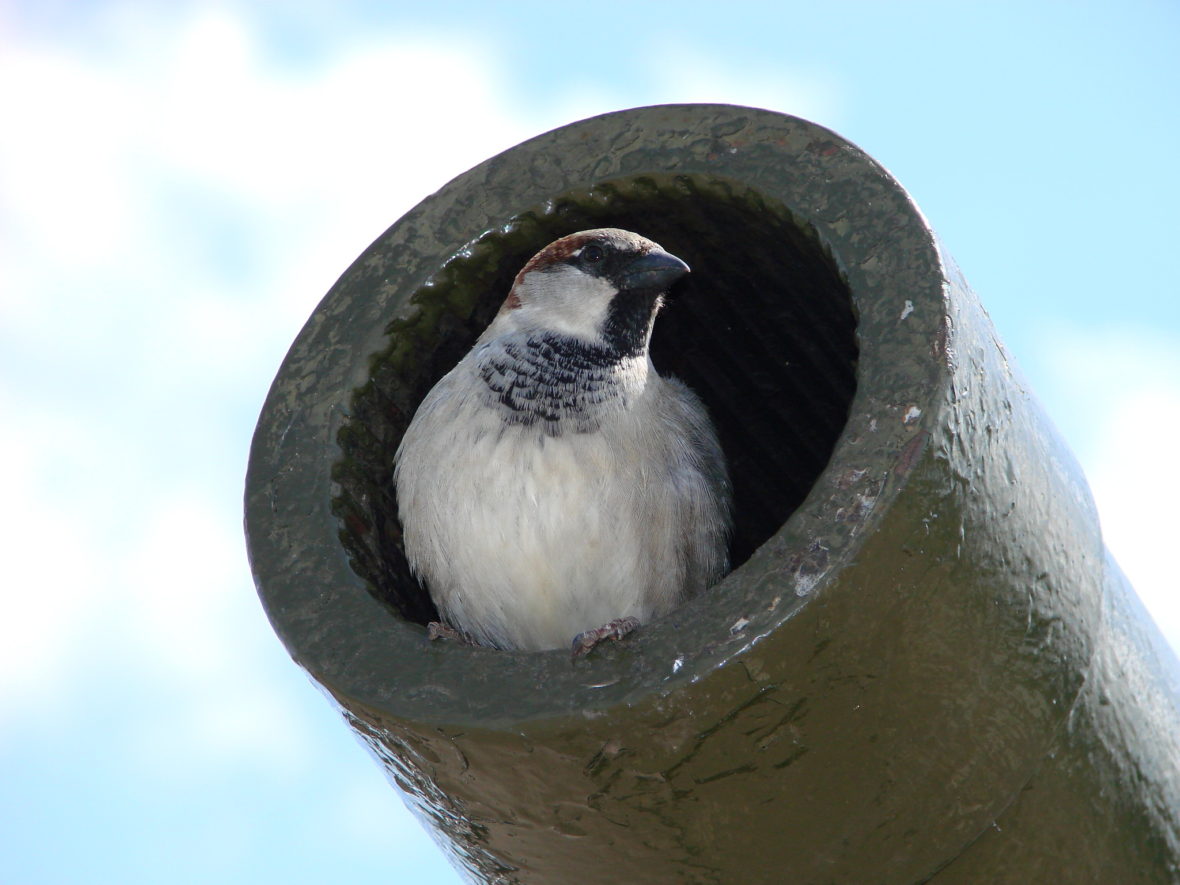Today I found out through Facebook (thank you Amy!) that the Poetry Foundation had posted “The Trouble with Spring,” a podcast of my comments on Jane Kenyon’s “The Clearing,” along with my own poem, “April to May.” The recording was made last year at AWP, so it’s fitting that the broadcast should occur during this year’s conference. As part of a panel commemorating the 20th anniversary of Jane’s death, I’d given a talk on the writer as a civically engaged poet, and today I’m posting that talk in memory of Jane.
ONE SIGN of a great writer is how the body of work continues to reveal itself over time, deepening the reader’s understanding of the work while illuminating whatever portion of space and time the reader works from. I was engaged in a pilot project at my university to add a civic engagement component to our undergraduate Intro to Creative Writing classes when I was asked to join this panel, and I started to think about Jane Kenyon as a civically engaged writer. I knew her as someone who fostered connections with the community she joined when she moved to Wilmot, New Hampshire with Donald Hall in 1975. She was welcomed by her husband’s many cousins; in “Hanging Pictures is Nanny’s Room,” she wrote about a woman who “taught the girls in the family to do fancy work” (and made them pull out stitches if they were badly done) and whose room—“garlands of pink roses on the sunny walls”—she used for her study. As a member of the South Danbury church, she joined Bible class. She went door to door collecting for the Heart Fund. She was a member of Red Sox Nation. She was inspired and moved by community; in the third section of “American Triptych,” a poem from From Room to Room, she writes about the first time she ever voted: “That same wonderful smell of coffee was in the air, and I found myself among people trying to live ordered lives….And again I am struck with love for the Republic.”
Jane Kenyon was a literary citizen of that Republic. She gave readings, edited a journal, joined a cooperative press, and lectured for the State Department. In 1992, she published “A Proposal for New Hampshire Writers” in the state Council for the Arts magazine. She describes, the day before the presidential primary, making “an informal canvas of the Democrats’ views on funding for the NEA, censorship, and First Amendment rights.” (At the time, the NEA was threatened with extinction by conservatives in Congress). She addresses her fellow New Hampshire writers: “We must demonstrate to this society that if it is to be a civilization, and not just a raw heap of strivers after two cars and a ski vacation, we must have art always before us. We must make our visions and gifts accessible to all…Go to a local library and offer to do a reading of your own work or the work of others. Experiment with choral reading: include the audience. Encourage parents to bring kids in their pajamas…Wear something wacky: wear a mask, get down on the floor with kids and tell them myths. Stand on your head and recite ‘Uncle William’—just DO IT.”
For two years, Jane was a columnist for her superb local paper, The Concord Monitor. She wrote about the goodness of her neighbors. She described how she brought two Estonian visitors, a children’s book illustrator and a Baptist minister, to South Danbury after visiting Moscow and Tallinn as part of a Bridges for Peace exchange. She wrote about public spaces—the post office, dime stores—and personal ones: her garden, from the damp, diminishing light of November with its “puffballs… growing faster than a shopping mall” to the season of peonies. She campaigned against the degradation of local waters, including Eagle Pond. Whether by connecting her individual vision to the public weal or bringing her unique insight to public questions, Jane’s columns were based on an engagement with the polis. They are political in the best sense of the word, a politics with compassion that joins the inner life to the outer world.
Let me give “Afternoon at MacDowell” from Otherwise as an example of how this works. Here her worry for a community—a refuge for artists—parallels her fears for her husband’s health. Both are imperiled. Both have been temporarily restored—if only for the moment, at a “momentous” occasion that is both important and transitory. The speaker’s apprehension is like the air around her: at first “alive/with golden light,” then somber, “as if heaven’s spirits have fallen.” Offered with her anguish are two possibilities of community. The speaker who worries “what prodigy will keep you safe beside me” believes no less in the “miracles of art”—that music and poetry, and the colony that sustains them, are as essential to life as food, water, and medicine. The second is the image of her husband “fumbling with the radio while you drive/to find late innings of a Red Sox game” –a pleasure shared by thousands, and that couldn’t exist without the support, financial and otherwise, of the polis. Jane Kenyon’s juxtaposition of the public and private world brings a keener understanding of both, while affirming the premise that roses are as necessary to the people as bread.
